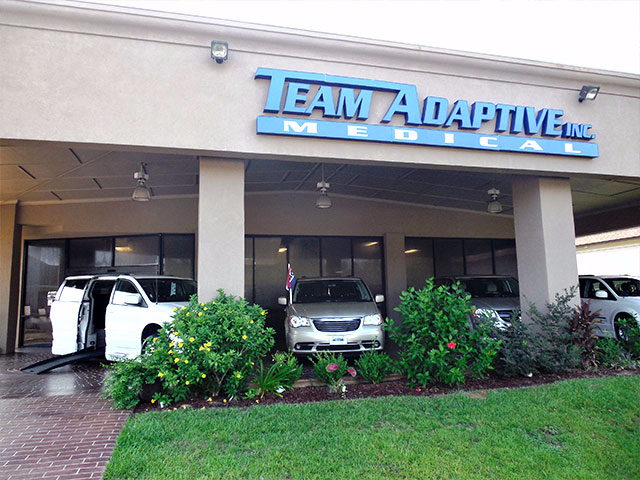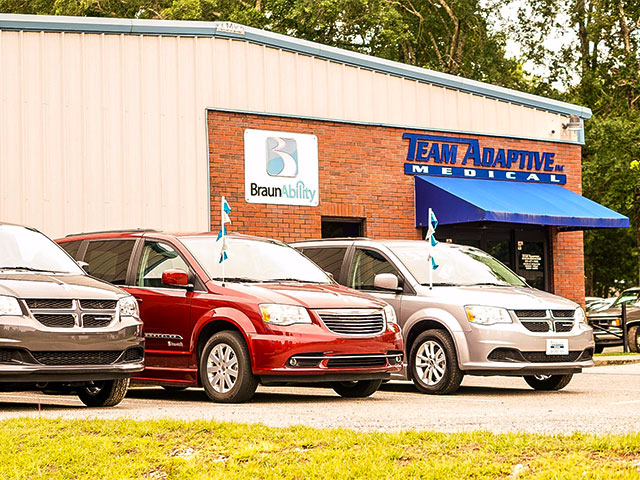
How to Choose the Right Drilling Mud Pump for Your Project Needs
Choosing the right drilling mud pump for your project needs is a critical decisionthat can significantly impact the success and efficiency of your drilling operations. Drilling Mud Pumps play a vital role in the circulation of drilling fluids, ensuring that the cuttings are efficiently brought to the surface while maintaining the necessary pressure to stabilize the wellbore.
With a multitude of options available on the market, selecting the appropriate pump requires careful consideration of various factors such as pump type, capacity, fluid properties, and the specific requirements of your drilling operation.
This guide will provide essential insights and practical tips to help you navigate through the complexities of choosing drilling mud pumps, ensuring you maximize performance and reliability in your projects while adhering to budgetary constraints and operational demands.
Identifying Project Specifications and Requirements for Drilling Mud Pumps
When selecting a drilling mud pump, it's essential to identify the project specifications and requirements that will guide your decision. Start by assessing the type of drilling you will be undertaking, as different projects may require varying pump capacities, pressure ratings, and fluid viscosities. For example, rotary drilling operations often necessitate pumps that can handle higher flow rates and provide consistent pressure to maintain circulation of the drilling fluid, while smaller-scale projects may require less powerful pumps.
Additionally, consider the environmental conditions and the specific characteristics of the drilling site. Factors such as temperature, depth, and geological formations can significantly impact pump performance. It's also vital to evaluate the compatibility of the pump materials with the drilling mud being used, as certain chemical compositions can lead to premature wear or failure. By aligning the pump specifications with your project's unique needs, you can ensure optimal performance and efficiency throughout the drilling process.
Understanding Different Types of Drilling Mud Pumps: Pros and Cons
When it comes to drilling operations, selecting the appropriate drilling mud pump is crucial for efficiency and project success. Understanding the different types of drilling mud pumps—particularly their pros and cons—can significantly influence project outcomes. There are generally three primary types of pumps used: positive displacement pumps, centrifugal pumps, and reciprocating pumps.
Positive displacement pumps are known for their ability to maintain a constant flow rate, making them ideal for high-viscosity drilling fluids. Their robust design ensures reliability, even in extreme conditions. However, they can be more expensive and may require more maintenance than other types.
On the other hand, centrifugal pumps are widely favored for their versatility and lower initial cost. They excel in high-flow situations but may struggle with thicker muds, limiting their application in certain drilling scenarios.
Reciprocating pumps, often praised for their high pressure and ability to handle varying viscosity levels, strike a balance between power and efficiency. While they can deliver precise flows, their construction can lead to higher wear and tear, necessitating frequent maintenance. Assessing these pros and cons in relation to specific project requirements will guide operators in making an informed decision on the ideal pumping solution.
Evaluating Pump Capacity and Performance for Optimal Efficiency
When choosing the right drilling mud pump, evaluating pump capacity and performance is crucial for achieving optimal efficiency. According to a report from the American Petroleum Institute, pump performance can greatly impact drilling operations, as inefficient pumps may lead to increased operational costs and downtime. Selecting a pump with the right capacity helps ensure the appropriate flow rate and pressure for the specific drilling environment, optimizing the removal of cuttings and maintaining wellbore stability.
Tips for selecting the right pump capacity include assessing the expected drilling depth and the characteristics of the drilling mud. The recommended flow rate for most drilling operations ranges from 1 to 3 cubic feet per minute per inch of hole diameter. Furthermore, it's essential to consider the total dynamic head (TDH) requirements, which can vary based on the drilling depth and formulation of the drilling fluid. Properly matching the pump's capabilities to the project's needs can significantly enhance drilling efficiency.
Additionally, evaluate the pump’s performance metrics, including efficiency ratings and service life. A reliable pump should offer high volumetric efficiency, which ideally exceeds 85%. Regular maintenance and timely updates on pump technology can also foster better performance. In fact, advanced mud pumps that incorporate smart technologies can provide real-time data, allowing for more efficient adjustments and leading to cost savings in the long run.
Considering Maintenance and Operational Costs in Your Selection
When selecting a drilling mud pump, it's crucial to consider not just its specifications and capabilities but also the long-term maintenance and operational costs associated with it. A pump's design can significantly impact both immediate upkeep and future service frequencies. Understanding the materials used in the pump's construction can provide insights into its durability and resistance to wear, which will ultimately affect maintenance schedules and costs.
Operational costs also play a vital role in the decision-making process. Assessing the energy efficiency of the pump can lead to substantial savings over time. Pumps that require less power to operate not only reduce electricity expenses but also minimize the environmental impact of the drilling operation. Additionally, evaluating the pump's parts availability and replacement costs will further ensure that any maintenance required is both timely and economical, thereby maximizing overall project efficiency.
Ensuring Compatibility with Existing Drilling Equipment and Systems
The market for wellhead equipment has been experiencing significant growth, driven by the increasing demand for oil and gas production, especially in unconventional reserves. According to recent industry reports, the global wellhead equipment market is projected to reach approximately $10 billion by 2025, with a compound annual growth rate (CAGR) of around 5.2%. This growth is underscored by advancements in drilling technologies and the rising complexity of drilling operations, necessitating greater compatibility between different system components.
When selecting a drilling mud pump, ensuring compatibility with existing wellhead systems is crucial. The industry comprises various types of wellheads, including conventional wellheads, subsea wells, and Christmas tree systems, each designed with specific operational parameters. Reports indicate that the subsea wellhead segment is expected to grow substantially, driven by offshore exploration activities. Key components, such as casing heads, wing heads, and blowout preventers, must be carefully evaluated for compatibility, as mismatched equipment can lead to operational inefficiencies and increased costs. Thus, understanding the technical specifications and interoperability of these components is essential for successful project execution.












